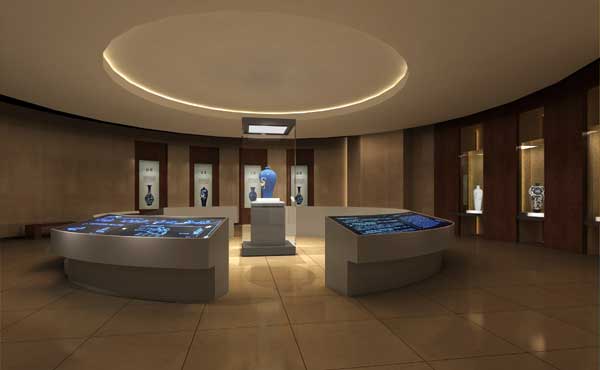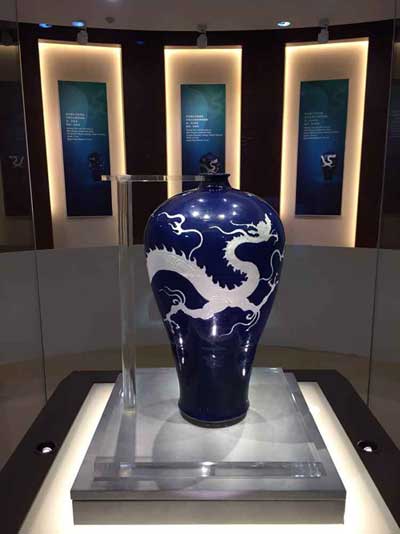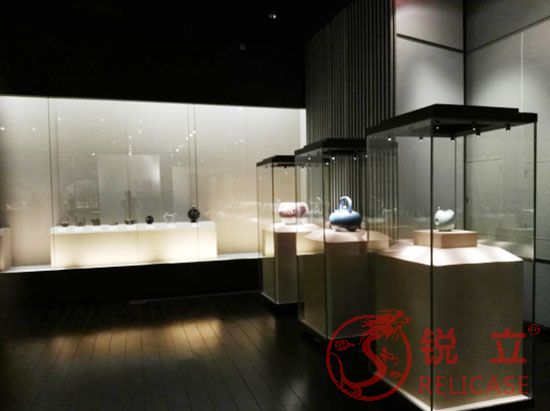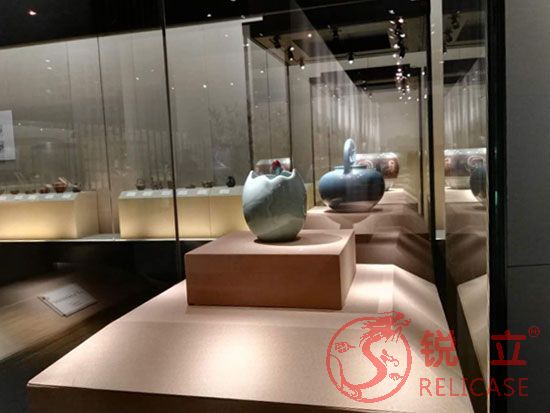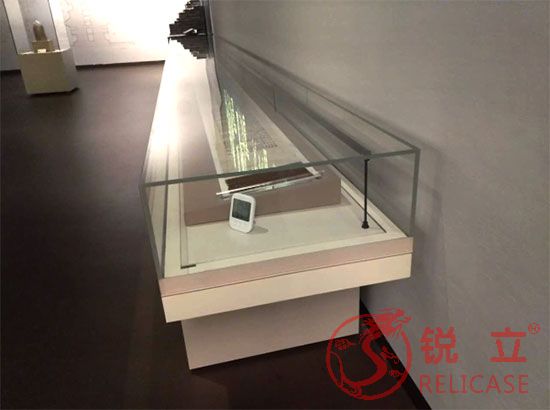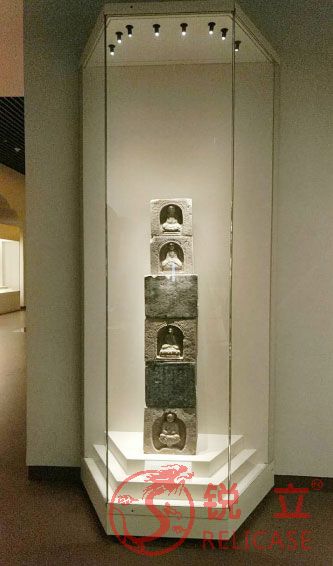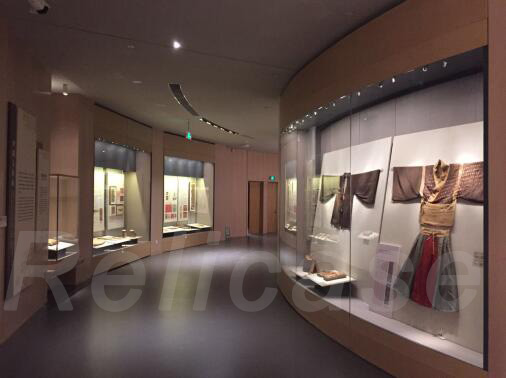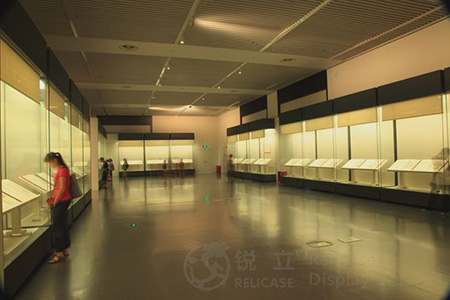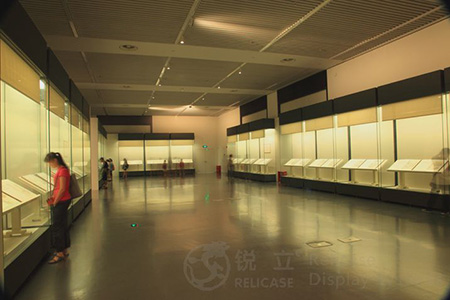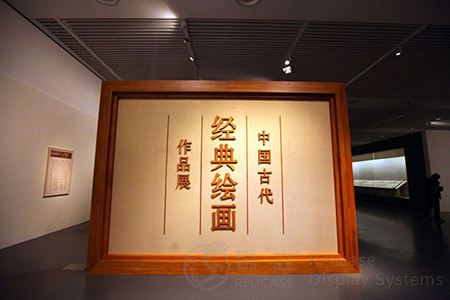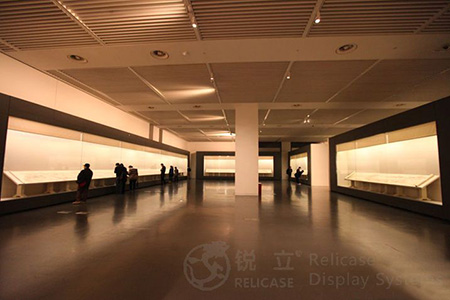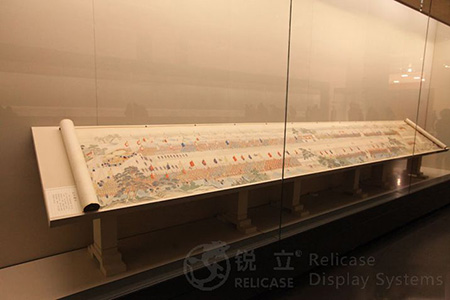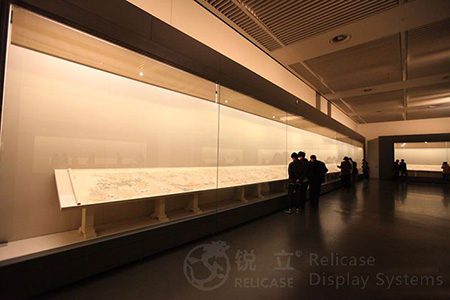For Yangzhou Museum China National Treasure Hall, Relicase designed museum display cases for Yuan Zhen blue glaze white dragon plum bottle, enhanced the display effect. The ASTCR Cultural Relics display device in Japan has been added to the showcase design of this project.
Yangzhou Museum is the biggest museum in Yangzhou, an ancient city in Jiangsu Province of China. It is located in front of the Mingyue Lake on Yangzhou’ West Wenchang Road, about 4 km west of downtown Yangzhou and Slender West Lake.
Yangzhou Museum is housed in a modern building, covering an area of 50,000 square metres. The museum has seven exhibition halls, and the China National Treasure Hall is one of them.
National Treasure Hall exhibition area of 184 square meters, the exhibition shows only one exhibits, namely, Yuan Zhen blue glaze white dragon plum bottle. The plum bottle belongs to the large porcelain of the Jingdezhen kiln blue glaze porcelain in the Yuan Dynasty. It has a beautiful appearance and a vivid blue glaze. The belly white dragon is surrounded by the bottle and has a strong artistic appeal.
This plum bottle now handed down to see only three, one for the palace of the old possession, the existing Summer Palace, a possession of the French Museum of Jimei in Paris, two bottles are damaged, only Yangzhou Museum of the largest device type, ornamentation is the most beautiful, 1992 By the national heritage appraisal committee as national treasure.
